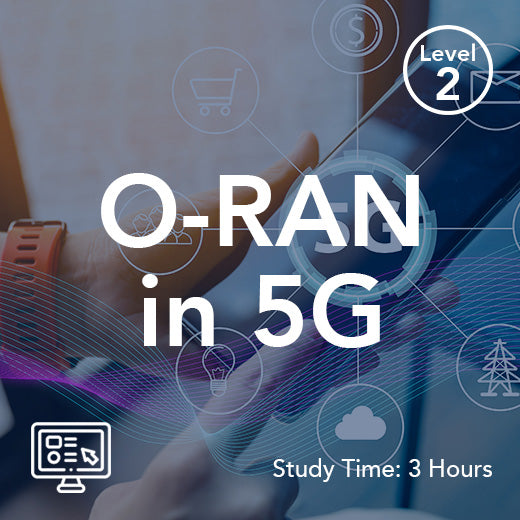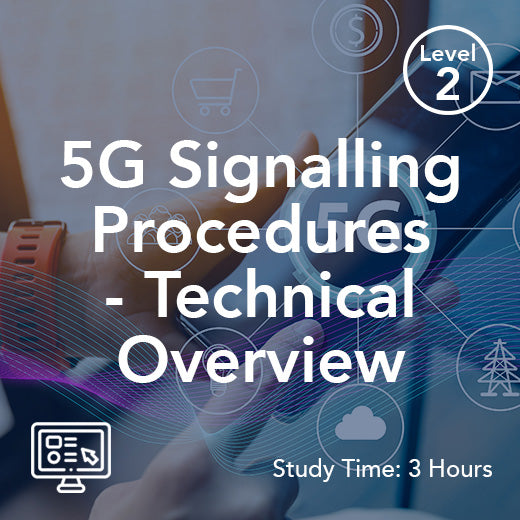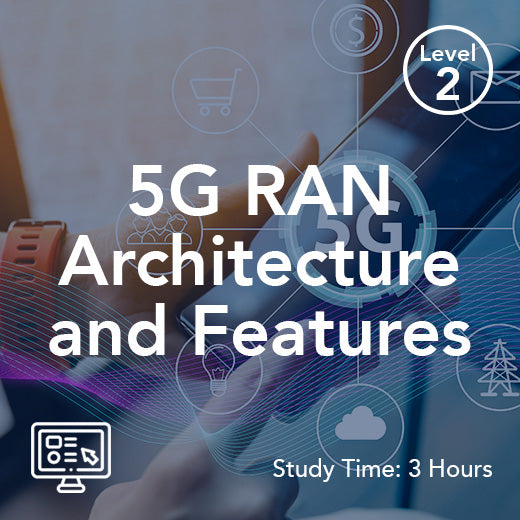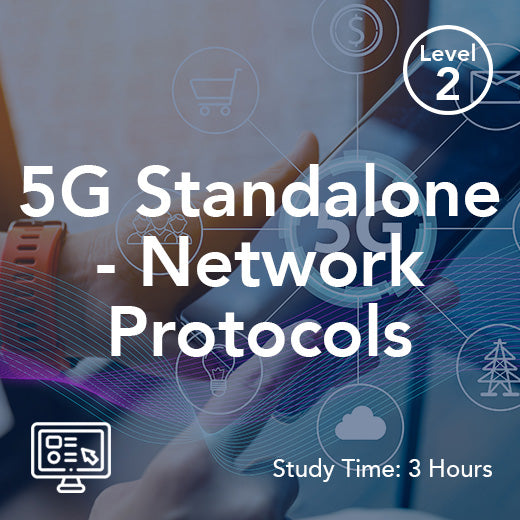What is vRAN in 5G?
- , by Stephanie Burrell
- 2 min reading time
Virtualized Radio Access Network (vRAN) is a key component of the next generation of mobile networks, known as 5G. As the demand for faster speeds, lower latency, and increased network capacity continues to grow, vRAN technology is being heralded as a game-changer in the telecommunications industry. In this article, we will explore what vRAN is, how it works, and the benefits it brings to 5G networks.
What is vRAN?
vRAN, also known as Virtualized Radio Access Network, is a technology that virtualizes and centralizes the processing of radio access network functions. In traditional RAN architectures, each base station has its own dedicated hardware for processing and transmitting signals. However, with vRAN, these functions are virtualized and can be run on standard servers in a data center.
How does vRAN work?
In a vRAN architecture, the baseband processing functions, such as modulation, coding, and scheduling, are centralized in a data centre or cloud environment. This allows for more efficient resource allocation and dynamic scaling of network capacity based on demand. The virtualized baseband units (vBBUs) communicate with remote radio units (RRUs) at the cell sites over a fronthaul network, which carries the digitized radio signals between the two.
Benefits of vRAN in 5G networks
1. Cost savings: By virtualizing the baseband processing functions, operators can reduce the need for dedicated hardware at each cell site, leading to lower capital and operational expenses.
2. Flexibility and scalability: vRAN allows operators to dynamically allocate resources based on traffic patterns and user demand, leading to improved network performance and efficiency.
3. Faster deployment: With vRAN, operators can deploy new services and features more quickly, as they can simply update the software running on the virtualized baseband units.
4. Improved network efficiency: By centralizing the baseband processing functions, operators can optimize resource allocation and improve the overall efficiency of the network.
5. Enhanced user experience: vRAN enables operators to deliver higher data rates, lower latency, and improved coverage, leading to a better overall user experience for 5G customers.
In conclusion, vRAN is a key technology that is driving the evolution of 5G networks. By virtualizing and centralizing the baseband processing functions, operators can realize cost savings, improve network efficiency, and deliver a better user experience. As the demand for faster speeds and increased network capacity continues to grow, vRAN will play a critical role in enabling the full potential of 5G technology.
What is vRAN?
vRAN, also known as Virtualized Radio Access Network, is a technology that virtualizes and centralizes the processing of radio access network functions. In traditional RAN architectures, each base station has its own dedicated hardware for processing and transmitting signals. However, with vRAN, these functions are virtualized and can be run on standard servers in a data center.
How does vRAN work?
In a vRAN architecture, the baseband processing functions, such as modulation, coding, and scheduling, are centralized in a data centre or cloud environment. This allows for more efficient resource allocation and dynamic scaling of network capacity based on demand. The virtualized baseband units (vBBUs) communicate with remote radio units (RRUs) at the cell sites over a fronthaul network, which carries the digitized radio signals between the two.
Benefits of vRAN in 5G networks
1. Cost savings: By virtualizing the baseband processing functions, operators can reduce the need for dedicated hardware at each cell site, leading to lower capital and operational expenses.
2. Flexibility and scalability: vRAN allows operators to dynamically allocate resources based on traffic patterns and user demand, leading to improved network performance and efficiency.
3. Faster deployment: With vRAN, operators can deploy new services and features more quickly, as they can simply update the software running on the virtualized baseband units.
4. Improved network efficiency: By centralizing the baseband processing functions, operators can optimize resource allocation and improve the overall efficiency of the network.
5. Enhanced user experience: vRAN enables operators to deliver higher data rates, lower latency, and improved coverage, leading to a better overall user experience for 5G customers.
In conclusion, vRAN is a key technology that is driving the evolution of 5G networks. By virtualizing and centralizing the baseband processing functions, operators can realize cost savings, improve network efficiency, and deliver a better user experience. As the demand for faster speeds and increased network capacity continues to grow, vRAN will play a critical role in enabling the full potential of 5G technology.

































